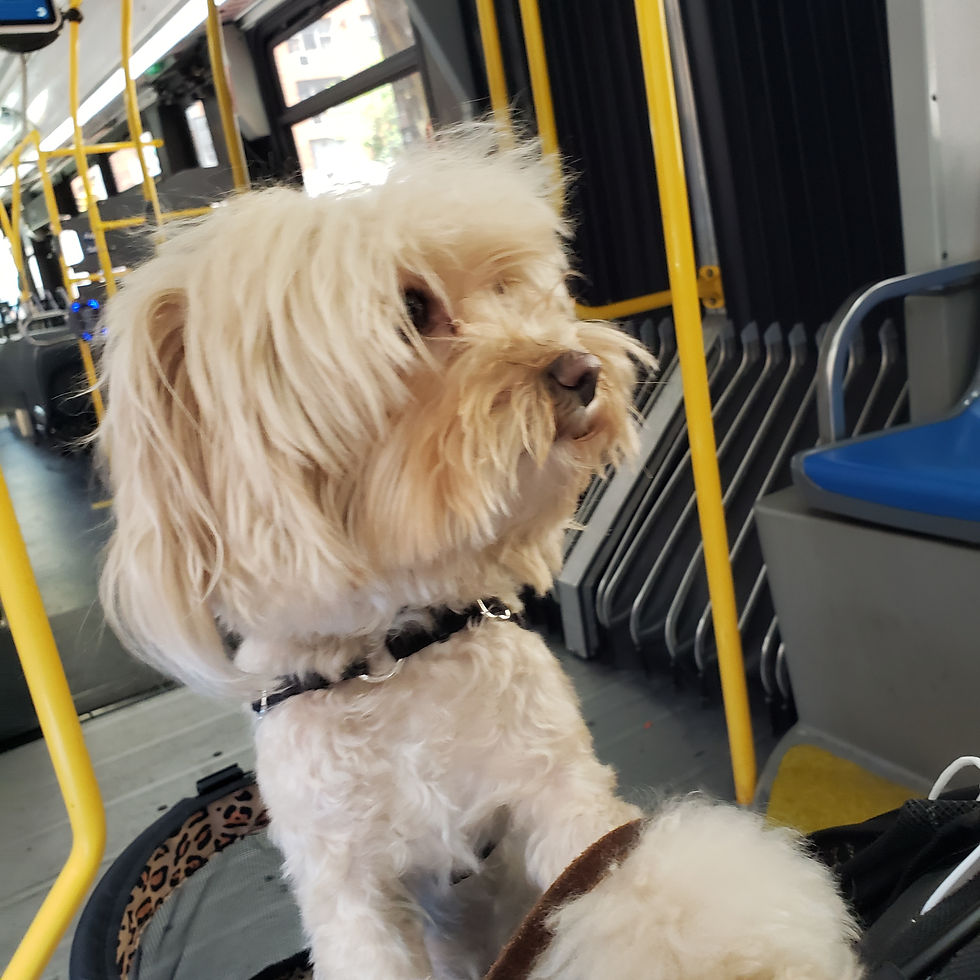What is the Best Training Environment for My Puppy or Dog? Hint: It's Not Necessarily a Group Puppy Class
- Mary P

- Aug 4
- 2 min read
Updated: Sep 13
Choosing the right environment for training your dog is crucial to their success and your satisfaction. Dogs, like people, learn best when they feel comfortable and focused. The environment can either enhance or hinder this learning process. Whether you are teaching basic commands, socializing your puppy, or addressing behavioral issues, the setting plays a significant role. This guide will help you understand what to look for in a training environment and how to create the best space for your dog’s learning journey.
Why the Training Environment Matters
The environment where you train your dog affects their ability to concentrate and respond. A calm, distraction-free space helps your dog focus on you and the task at hand. On the other hand, a noisy or chaotic environment can overwhelm your dog, making training sessions less effective.
For example, training in a busy park with many people, dogs, and noises might be too distracting for a puppy or adult dog. Conversely, a quiet apartment can provide the calm your dog needs to learn new commands.

Does your puppy or dog need to learn to listen in all environments? Absolutely, yes and that is a separate learning expereince from training the behavior from the start. For example, teaching your dog loose leash walking. This is best done in a quiet place, like your apartment, then in the hallway, quiet streets and finally place with distractions. It just doesn't make sense to start on a busy city street where your puppy or dog's attention is on the environment and not the training.
It's also important to remember each puppy or dog is unique in their ability to focus in the presence of distractions. For some a squirrel can send them bananas for others it might be a pigeon or a smiling person looking at them!
Key factors to consider in a training environment:
Distraction level: Choose a place with minimal distractions, especially for beginners.
Safety: Ensure the area is secure and free from hazards.
Space: Provide enough room for movement and exercises.
Comfort: The environment should be comfortable for both you and your dog.
By selecting the right environment, you set your dog up for success and make training a positive experience.


Comments